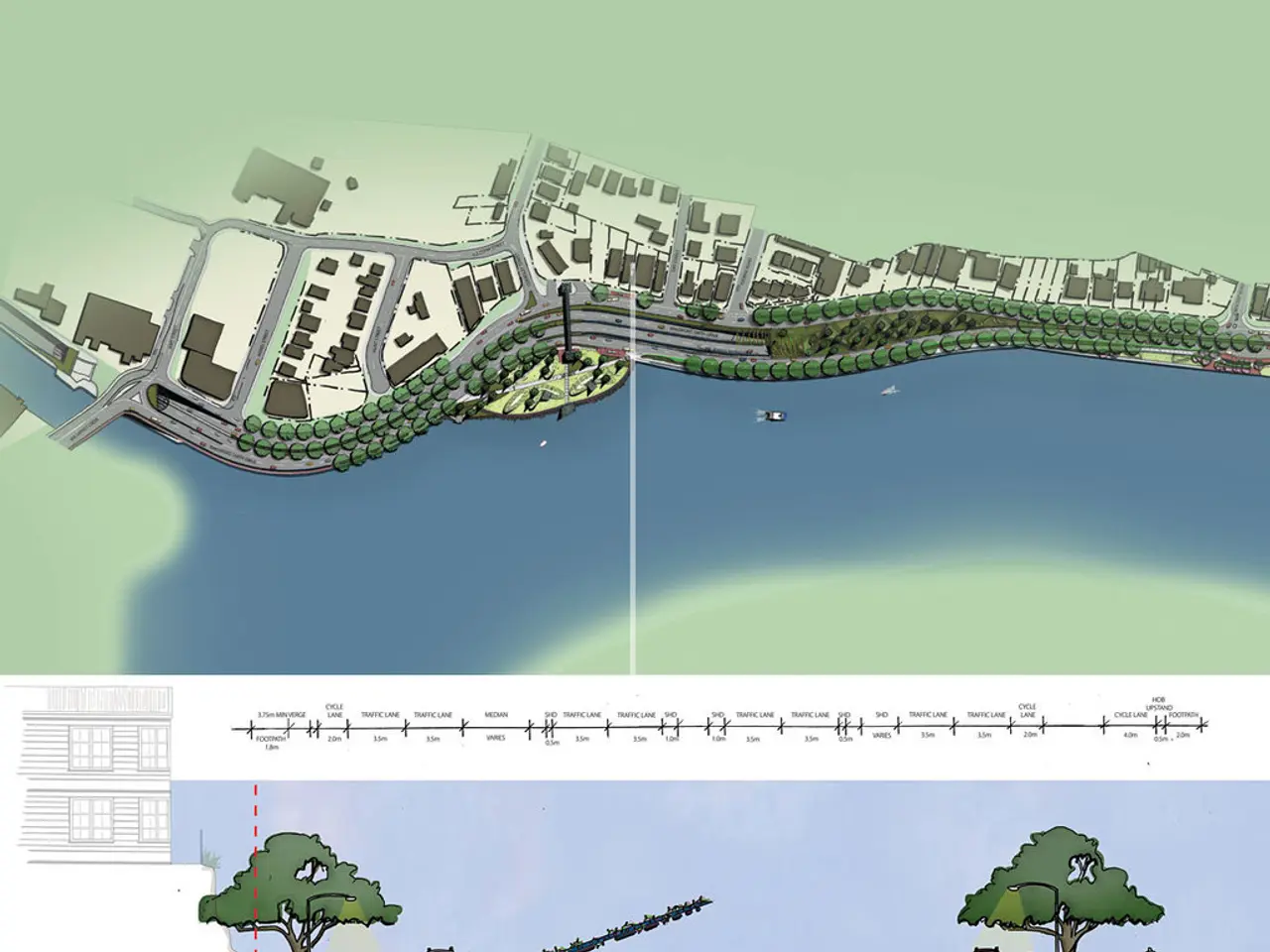Pakistan to Deploy a New Remote-Sensing Satellite in Orbit
Pakistan Set to Launch New Remote-Sensing Satellite for Disaster Response, Food Security, and Environmental Monitoring
Pakistan is set to take a significant step forward in its space technology and innovation with the launch of a new remote-sensing satellite, the PRSC-EO1, on July 31 via China's Xichang Satellite Launch Centre. This satellite is a testament to Pakistan's growing autonomy and sophistication in space-based Earth observation.
The PRSC-EO1 satellite, entirely manufactured by local engineers from the Space and Upper Atmosphere Research Commission (Suparco), will offer specific benefits and applications primarily in disaster response, food security, and environmental monitoring.
In terms of disaster management, the satellite will provide timely early warnings for floods, landslides, and earthquakes, enabling faster and more effective mitigation efforts. It will also monitor glacier recession and deforestation, critical factors in understanding environmental changes and risks.
For food security, the satellite supports precision agriculture by delivering detailed Earth observation data that can boost crop yields through better monitoring of agricultural activities and resources, helping optimize farming practices.
In environmental monitoring, it plays a key role by tracking glacier melt, deforestation, and shifts in land use, facilitating informed decision-making in resource management and conservation efforts.
Beyond these applications, the satellite will significantly contribute to Pakistan's infrastructure monitoring and national development planning. It will map transportation networks and infrastructure development to support national growth and projects like the China-Pakistan Economic Corridor (CPEC). Urban planning and regional development will also benefit from detailed geospatial data. The satellite will identify and manage geo-hazard risks, contributing to safer infrastructure and community planning.
The integration of the PRSC-EO1 into Pakistan’s existing remote sensing fleet (PRSS-1 launched in 2018 and EO-1 launched in January 2025) will strengthen the country's space-based infrastructure, aligning with Pakistan’s National Space Policy and SUPARCO’s Vision 2047 to position Pakistan as a leader in space technology and innovation.
Pakistan Prime Minister Shehbaz Sharif commented on the success of the EO-1 satellite, stating it is a leap forward in the country's journey towards progress. The PRSC-EO1 is an Electro-Optical satellite equipped with advanced, next-generation imaging technologies.
The satellite will provide early preventive alerts, create risk maps, and offer real-time tracking during live weather events, significantly enhancing Pakistan's ability to respond to natural disasters such as floods, earthquakes, landslides, deforestation, and melting glaciers.
The launch of the PRSC-EO1 underscores Pakistan's growing autonomy and sophistication in space-based Earth observation. This multi-faceted utility is a step towards Pakistan's aspirations of enhancing collaboration in the space world, utilizing space technology to meet sustainability goals, and promoting local industry technologies, as outlined in the National Space Policy and Vision 2047.
[1] Disaster Management Practice and Research. (n.d.). Retrieved from https://www.dmapr.org/
[2] Food and Agriculture Organization of the United Nations. (n.d.). Retrieved from https://www.fao.org/
[3] United Nations Environment Programme. (n.d.). Retrieved from https://www.unep.org/
[4] China-Pakistan Economic Corridor. (n.d.). Retrieved from https://www.cpecinfo.com/
- The new satellite, PRSC-EO1, will not only aid in disaster management by providing timely early warnings for various natural disasters but also contribute to food security by supporting precision agriculture and optimizing farming practices.
- The satellite's environmental monitoring capabilities will extend beyond disaster response, helping to track glacier melt, deforestation, and shifts in land use, which are critical factors for understanding environmental changes and risks.
- In addition to its role in disaster response and environmental monitoring, the PRSC-EO1 will significantly contribute to Pakistan's infrastructure monitoring and strategic national development planning, including projects like the China-Pakistan Economic Corridor (CPEC).
- The satellite's data will be instrumental in urban planning and regional development by providing detailed geospatial data, thereby fostering safer infrastructure and community planning.
- Beyond its immediate applications, the launch of the PRSC-EO1 aligns with Pakistan’s National Space Policy and SUPARCO’s Vision 2047, focusing on enhancing collaboration in the space world, utilizing space technology to meet sustainability goals, and promoting local industry technologies in the realm of science, technology, space-and-astronomy, business, and news.




